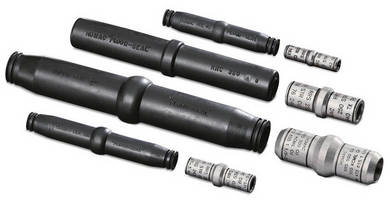
The connector used is based on the specific type of conductor used. Insulation products such as caps, covers, resins, tubing and tape protect the wire connection and insulate the wiring from the surrounding environment.Soldering is another connection option for copper or aluminum conductors. These connectors are sometimes referred to as butt splices and can have heat shrink properties to prevent debris from getting on the connection. Copper or aluminum conductors use plastic connectors, which cover and protect the connection made between two wires.The variety of notches also allows for the plastic insulation to be removed without damaging the wire.Ĭonnectors are available in a wide variety to allow for the spicing of different products. The area from the hinge to the handle has notches, which allow for a selection of gauges to be done on the same tool. Strippers are generally made of steel and feature serrated teeth to ensure easy and effective stripping. They come in a variety of shapes and sizes to accommodate a large selection of wires. Wire strippers are used to remove the protective insulation around a wire. Wire cutters may also include wire strippers in the handle or beneath the blade. The bigger and heavier the cutters, the heavier the gauge of wire they can cut.

They have a similar design to regular pliers, but the tool has sharpened edges which cut through wire. Wire cutters, also called diagonal cutters, are intended for cutting wire instead of grabbing or turning anything. These tools include a wire cutter, needle nose pliers, wire strippers, and electrical tape. Splice kits can include many different tools to ensure a safe joint between cables. Soldering requires additional skills and tools, while electrical tape is readily available and easy to use. Cover: Cables can be covered with solder or electrical tape. Attach the cables together: Separate the wires in the cable by color and size and match them with the second cable. Wire strippers are designed to just remove the coating and not damage the wire.Ĥ.

Strip the wire coating: Stripping can be done using a wire stripper or a sharp knife. Ensure that the edges of the cable are fresh and not frayed.ģ. Cut the cable: Once the cable is unplugged from a power source, cut the cable with a sharp blade. If one cable is larger, it could overload the smaller cable.Ģ. Check compatibility: The wires must be the same gauge, thickness, and type for safety reasons.

There are five steps to splicing a cable.ġ. They can come in many configurations, depending on the type of wire or cable being joined.Ĭable splicing is used to create one cable from two different cables. Splice kits are used to establish a connection between two cables.


 0 kommentar(er)
0 kommentar(er)
